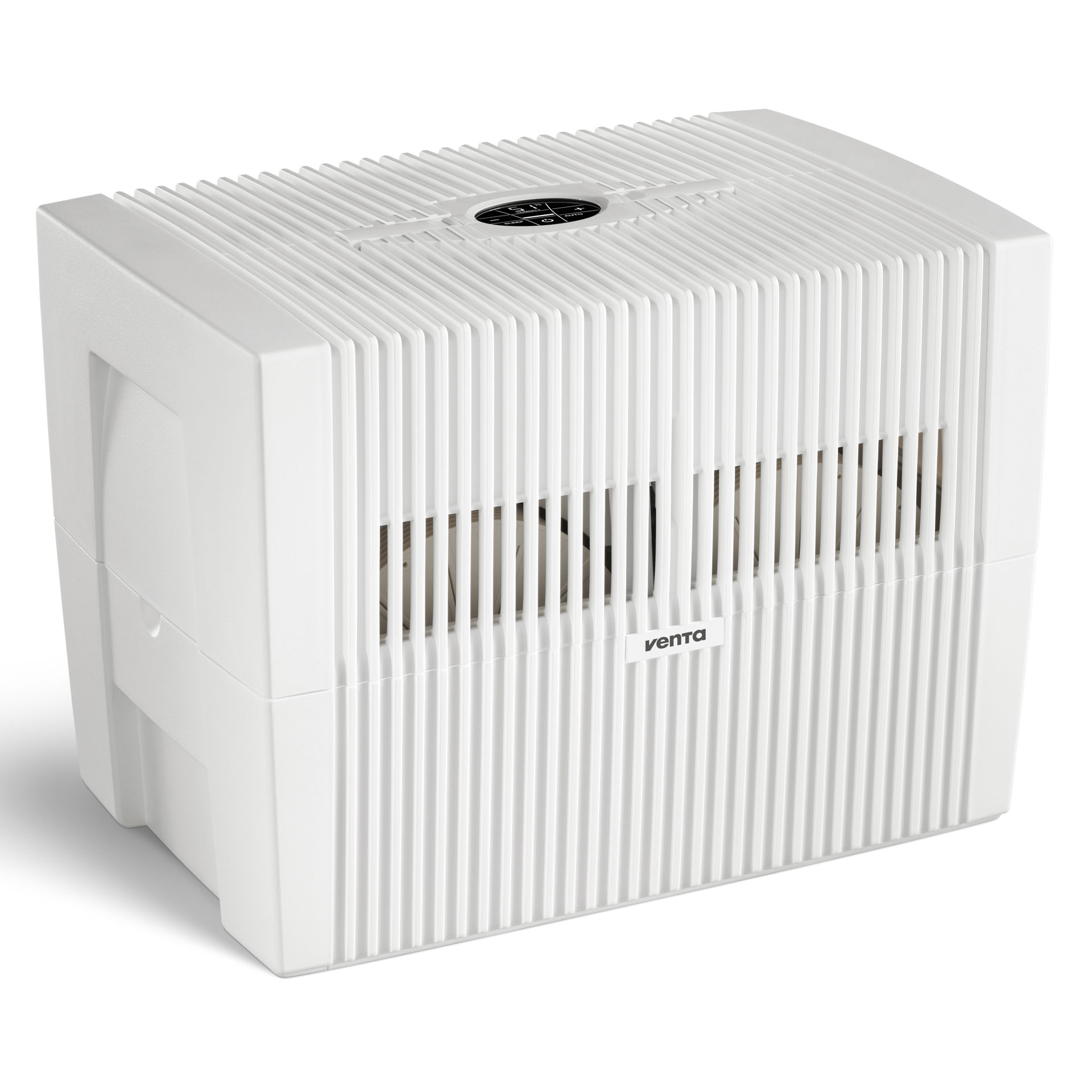In addition to what
@wrench13 said, here are a few "pro tips".
First, get a heater with a top "shroud" to protect your parrot from landing right on the hottest part of the heater.
Note: The shroud is still hot enough to harm your parrot's feet, but it is not as hot as an unshrouded heater.
With shroud:
Without shroud:
Edit: If you were to look down in the top opening of the shrouded heater's shroud, you would see it envelops a heater as shown with no shroud.
Second, look at the shipping weight of the heater. A heavier heater has more oil in it, which is more thermal mass, to hold heat longer, and distribute it more evenly.
Edit: A cheaper heater will have a shipping weight of 15 to 19 lbs. A better heater will have a shipping weight around 25 lbs.
Last, note the first two heaters, above, have a "dial thermostat". These are a little trickier to set than a digital-thermostat heater (see image below). However, the digital-thermostat heater will
not come back on if your power goes out, even for a second. (If your power "blinks" overnight, you will wake to a heater that has been off ever since.) The dial-thermostat heaters typically will resume their "on" status after a power outage, because they use mechanical switches so all settings are in effect after power resumes. Electronic-switch heaters default to powered off when unplugged and plugged back in, or when power is lost and restored.




